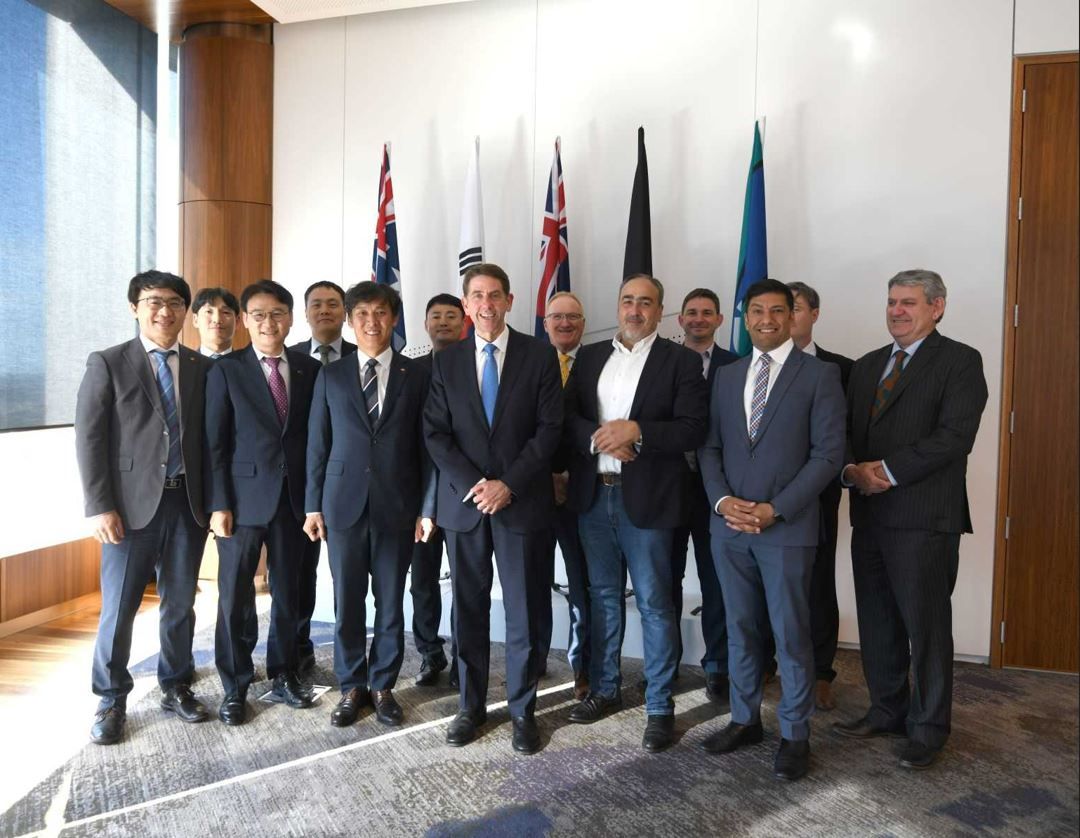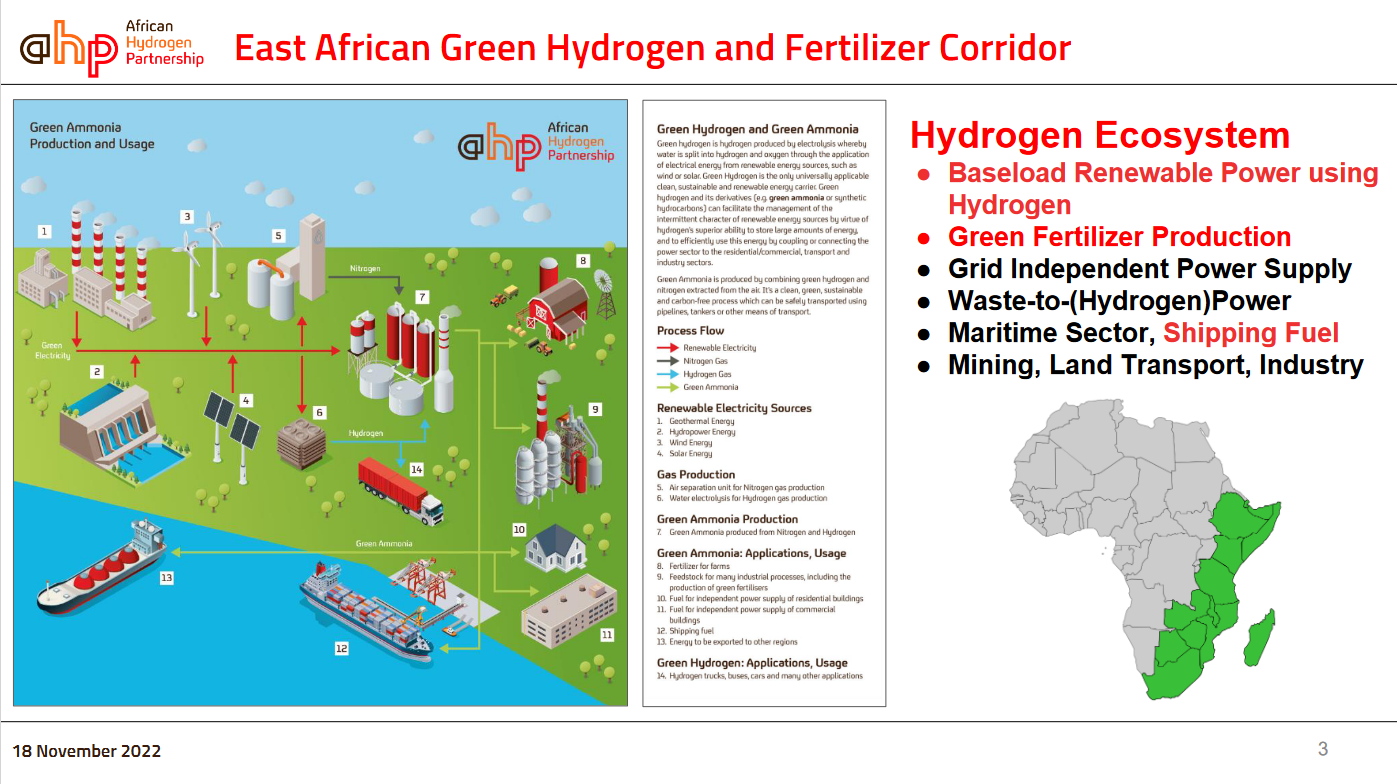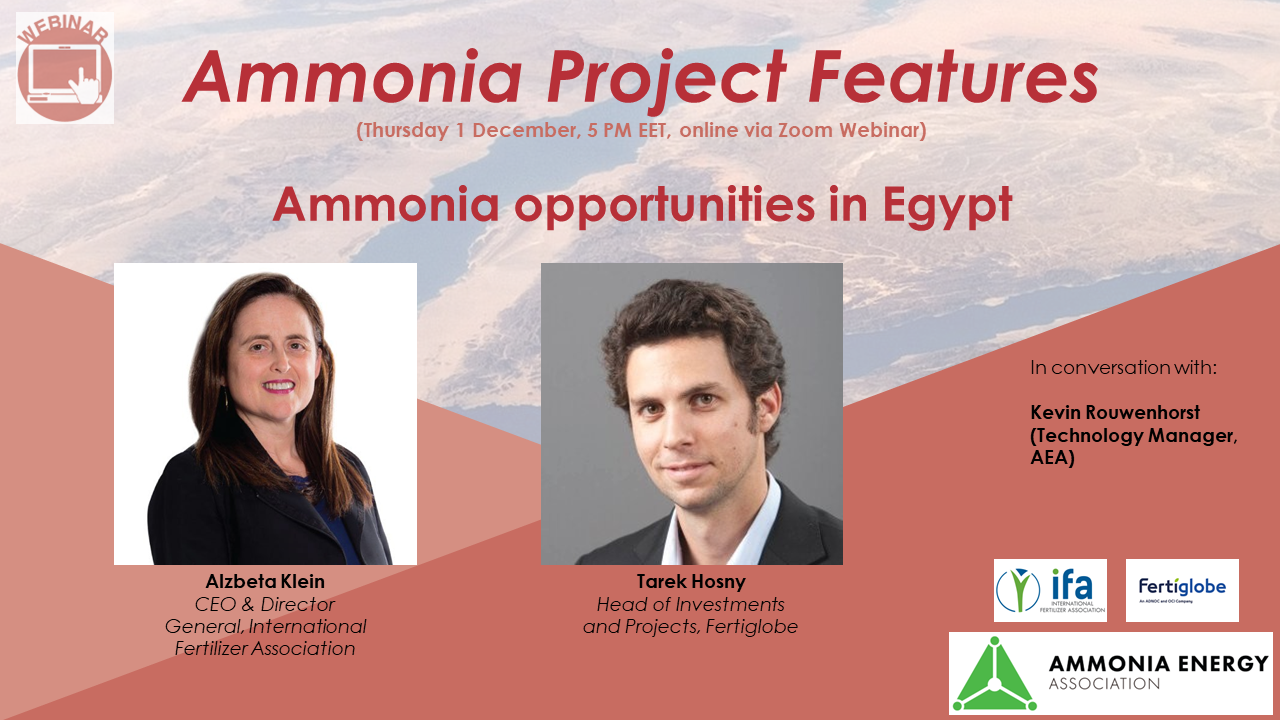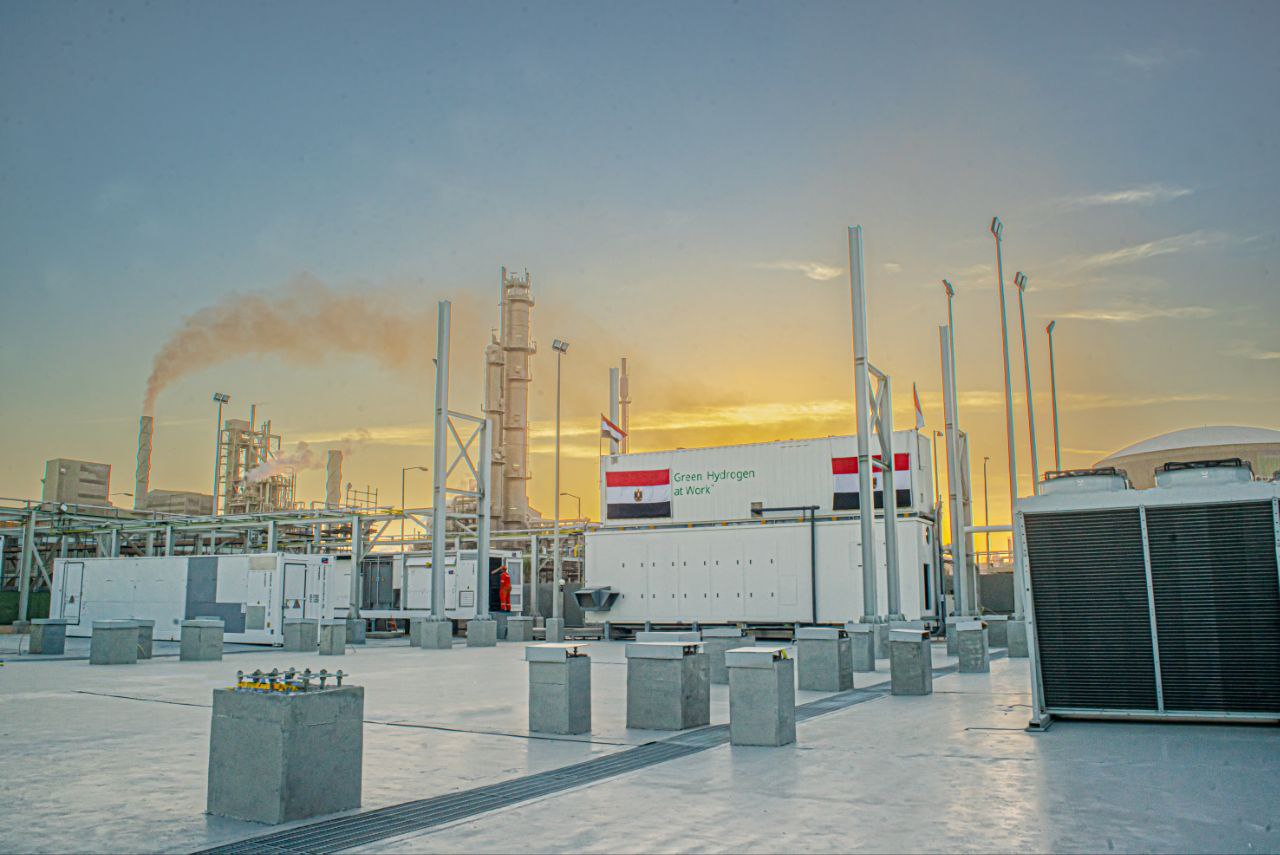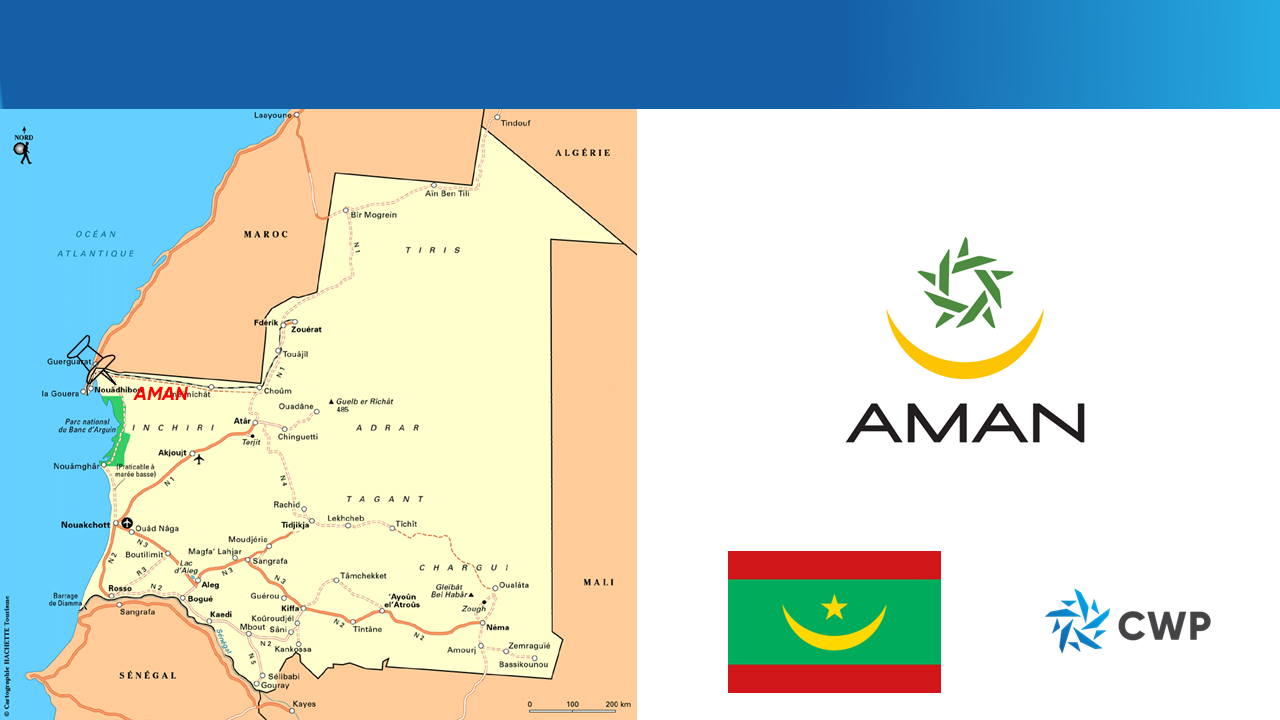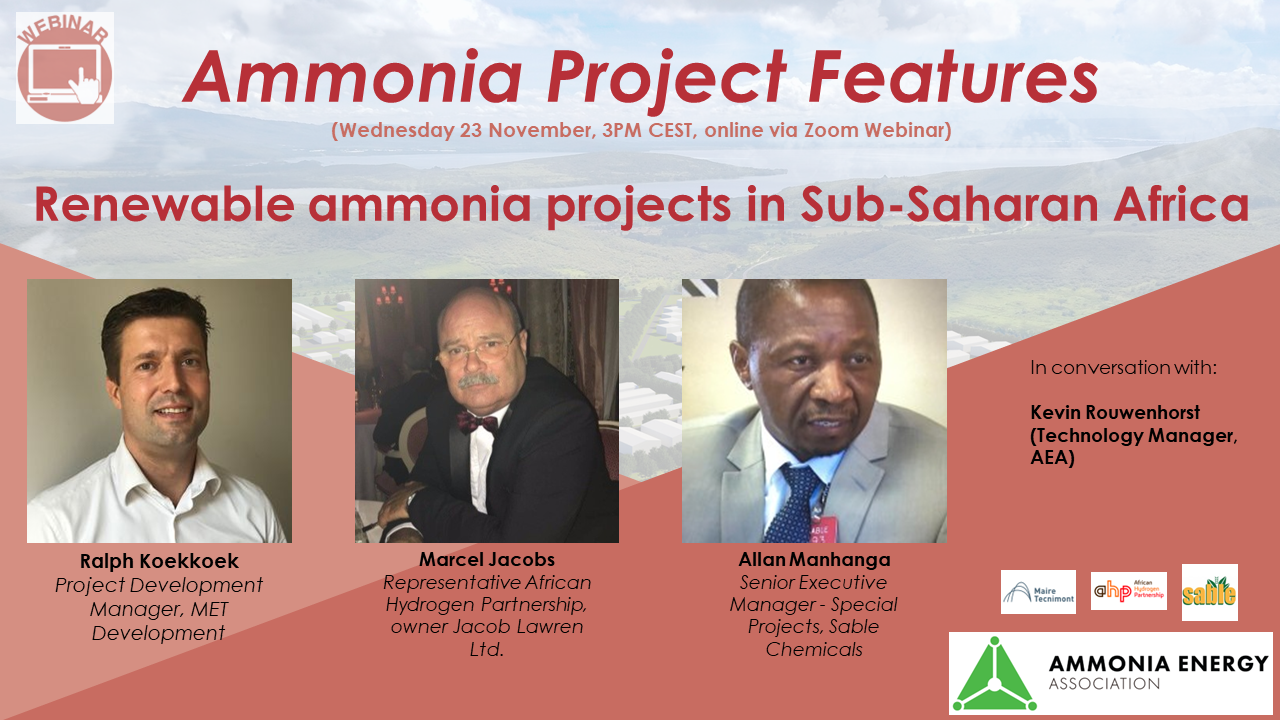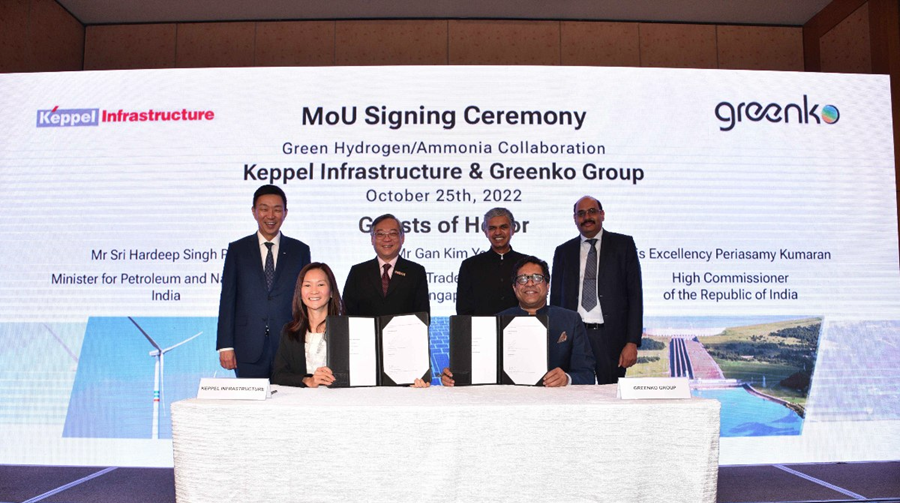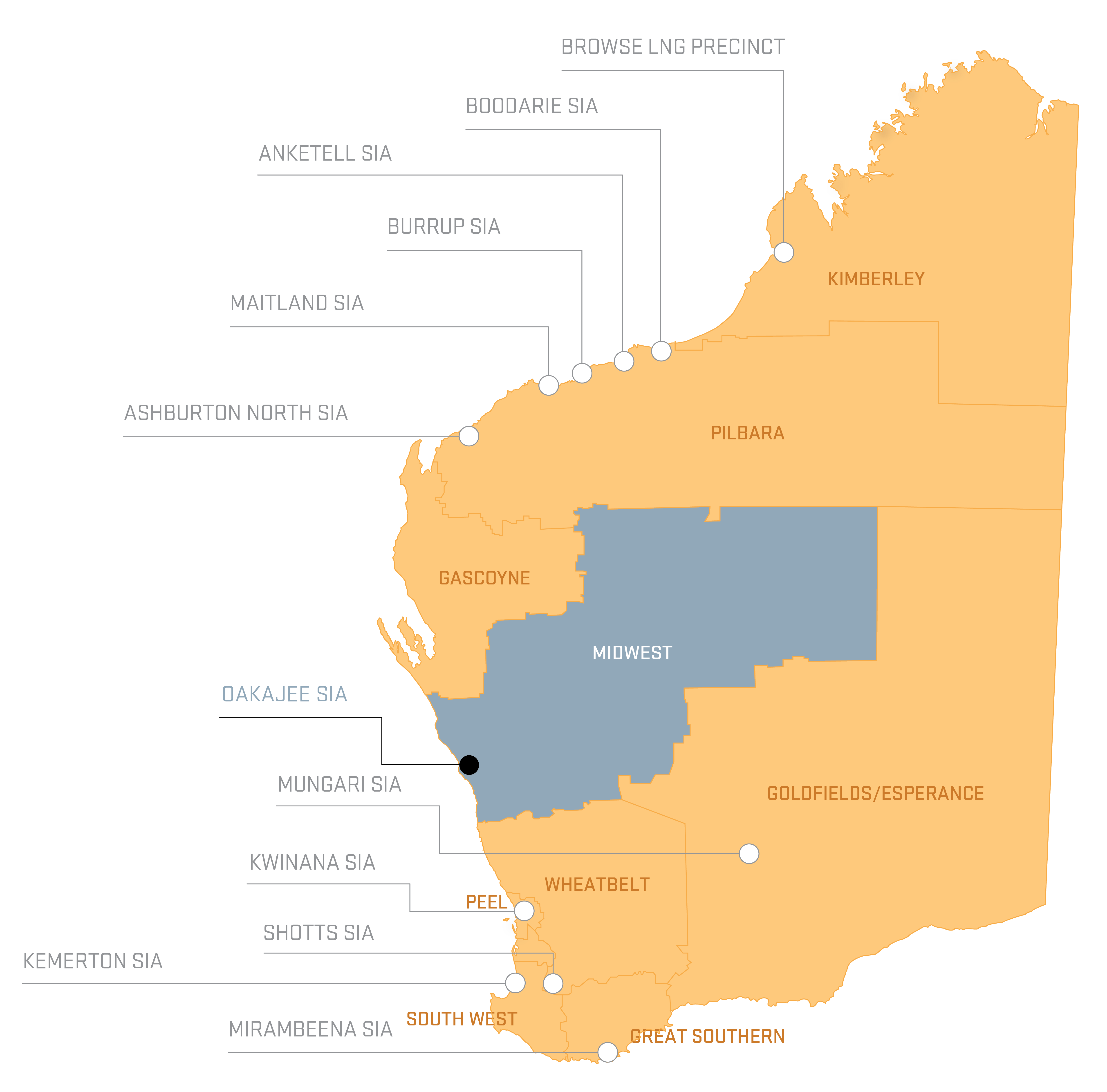CWP Global plans new supergiant in Djibouti
CWP Global and Djibouti’s Ministry of Energy and Natural Resources have agreed to develop a 10 GW renewable energy hub in the African Republic, which will power the production of renewable hydrogen & derivatives like ammonia. In two related Australian updates, the AREH will become the Australian Renewable Energy Hub, and Andrew Forrest-owned Squadron Energy announced it will acquire Australia-based CWP Renewables and its significant project pipeline.

